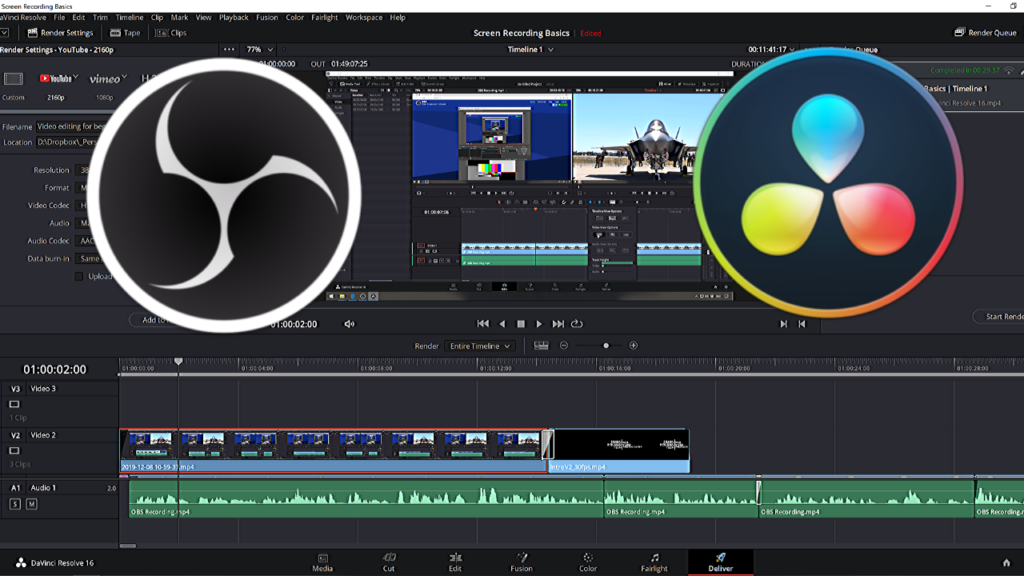
- #Davinci resolve fusion opacity serial
- #Davinci resolve fusion opacity manual
- #Davinci resolve fusion opacity full
Source Cache works similar to Proxy files, and it has to be re-rendered whenever a source clip has changed, which in most cases will be when we apply any change to the Camera RAW settings of the RAW footage.
#Davinci resolve fusion opacity serial
Adding a serial node after doesn’t affect it and the cache is still valid.
#Davinci resolve fusion opacity manual
Sequence CachingĪccording to the Resolve’s manual there’s no way to trigger Sequence Cache in User mode. Fortunately, there are other types of caching allowing us to build on top of them without the need of re-rendering each time we apply any color correction. The above picture shows that the render cache is not valid anymore and has to be re-rendered (red color). The only problem with Output Cache is that it gets broken always when there’s any correction made to the clip. Clip CachingĬlip cache is the last caching point in the processing chain, and it happens just before the frame is sent to playback.Ĭlip cache is designed to improve the editing within Resolve for playback and trimming in the Edit page. Good practice is to use Node Cache for 3rd party OpenFX plugins as they usually take a lot of CPU/GPU time and the real-time playback is most likely lost after applying them. The situation changes when we try to change anything that is before the cached node, and, in this case, the node has to be re-rendered: Broken Node Cache All the changes are applied on top of the rendered ProRes File. After adding serial node after, we can apply all the built-in color corrections, and the cache is still valid. Let’s say we apply OpenFX plugin in the first node and then cache the node. This is the most useful caching type in my opinion and allows to build on top of the cache without breaking it. Node CachingĪll the changes made within one node can be cached on the node level using Node Cache: Enable Node Cache So in case we have some 4K footage in the project, and the timeline is set to 1080p, the footage will be downscaled during the caching process.

– it just plays back the cached ProRes file.Īdditionally, caching at the source level scales the video to the timeline resolution. After applying Camera RAW settings, I enable Source Cache and the playback is not affected by RAW processing/debayering/etc. In my case, I use it every time I have RAW footage in my project. Works really well with formats that are heavy and require a lot of CPU/GPU processing.

Source cache can be treated as on the fly proxy generation. The only exception is Camera RAW module – any change in there will break the cache. Source cache, as opposed to Output Cache, is rendered before all the color correction adjustments.

Now we can trigger any type of caching at any level. To enable User Render Cache select the option in the Playback menu: Enable User Render Cache
#Davinci resolve fusion opacity full
To have a full control over the caching process we need to change its mode to User (there’s also smart mode which manages caching automatically the default one is none though). The below diagram shows how the processing flows within DaVinci: Caching Diagram There are 4 caching levels in DaVinci Resolve: Let’s have a look at the caching mechanism in DaVinci Resolve 12.


 0 kommentar(er)
0 kommentar(er)
